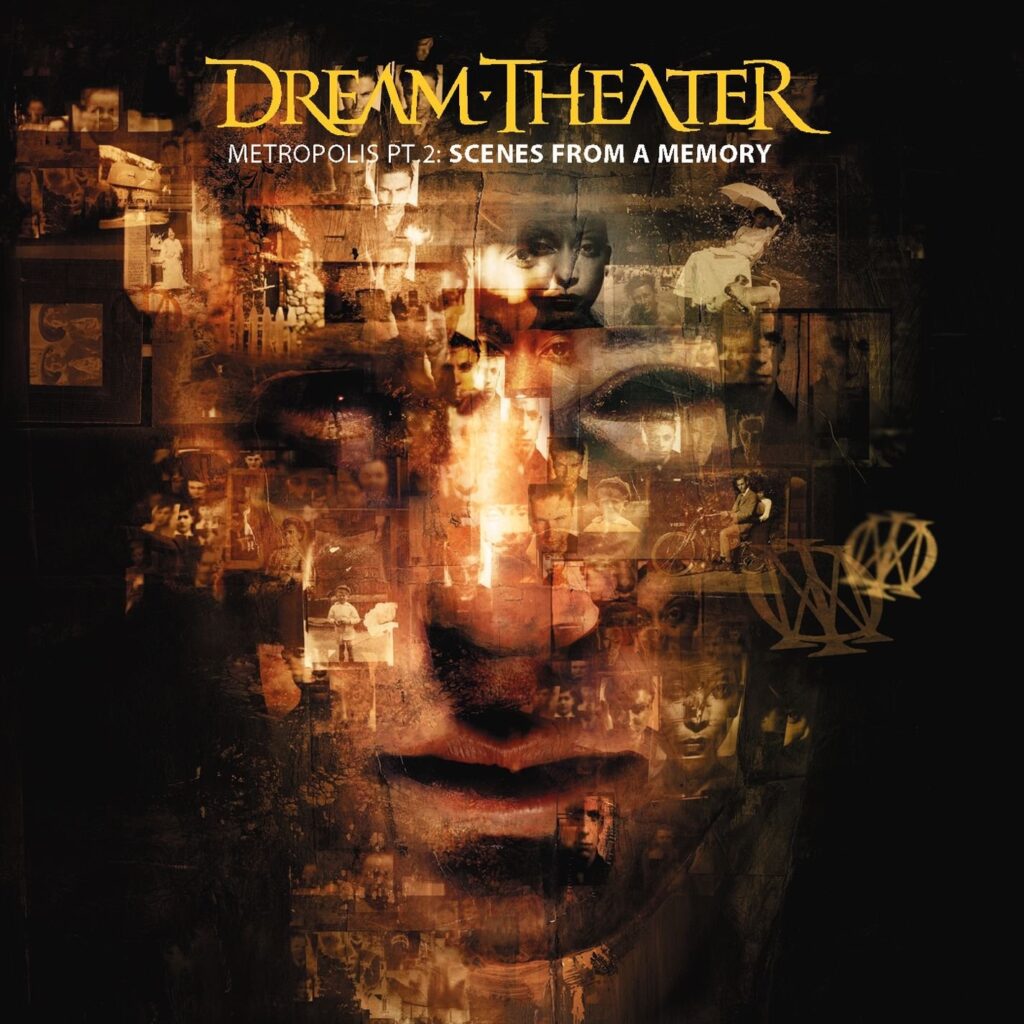Consequence is celebrating all things heavy metal with Metal Week, kicking off the festivities with a list of the 75 Best Metal Albums of All Time. Check back for additional lists, artist-driven content, and more as we celebrate headbanging music all week.
The mighty Black Sabbath and their fearless singer Ozzy Osbourne each put a bow on their legendary careers with a once-in-a-lifetime concert event in their hometown of Birmingham, England on July 5th, 2025, marking their final performances. And while the “Back to the Beginning” show may have ended one very long and legendary chapter in metal history, it proved that the genre is as strong as ever, with electrifying sets by the likes of Metallica, Slayer, Pantera, Tool, Gojira, Lamb of God, and more.
When Black Sabbath released their self-titled debut album in 1970, and that opening tri-tonal riff rang out on Sabbath’s eponymous song, metal was born. A few years later, fellow British rockers Judas Priest would further define its aesthetics — fast ripping guitar leads and powerful vocals — spearheading the denim-and-leather-clad New Wave of British Heavy Metal (NWOBHM) scene that included Iron Maiden, Def Leppard, and many other pioneering acts.
The records by these bands would inspire countless adolescents to pick up an instrument and form bands of their own. Among them were a group of young Bay Area transplants calling themselves Metallica, who were central to this inevitable web, as their rise in popularity shone a spotlight on other thrash and speed metal bands in California (Megadeth, Slayer, Exodus) and elsewhere (e.g. New York’s Anthrax). Meanwhile, in the seemingly parallel universe of Mötley Crüe’s LA, the glam metal movement of the ‘80s forced metal into the mainstream, paving the way for heavier music to follow.
Underground cassette tape trading circles helped spread the word to countries abroad. Celtic Frost’s Tom G. Warrior was among the most active in this circuit, snail-mailing demos and vinyl rips far and wide. This was how regional metal scenes — complete with their own specific sounds and aesthetics — were cultivated in the days before the internet, notable examples being the influential Florida death metal scene, the Brazilian thrash scene that birthed Sepultura, and the infamous Norwegian black metal scene that spawned Mayhem and Darkthrone.
And in mid to late ’90s, bands such as Korn, Deftones, Rage Against the Machine, and System of a Down redefined heavy metal with subgenres that came to be known as nu metal, rap-metal, and alt-metal.
Long considered the music of outsiders and heshers, metal has become more accepted over the years both musically and as a lifestyle — now more so than ever given the enduring popularity bands like Metallica and the success of more modern acts such as Ghost.
The best part is that the genre hasn’t grown stagnant. Metal continues to evolve and beget new sub-genres, as evidenced by the rise of melodic death metal and metalcore — currently some of the most popular sub-genres — as well as the continuous creative windfalls of the extreme-metal underground, as reported in our monthly Mining Metal column.
Considering where we find ourselves in the epic history of metal, and with Black Sabbath and Ozzy riding into the sunset, we felt it was time to take stock. Journey through the chronicles of heavy metal with our list of the genre’s 75 best albums, as determined by a survey of more than 45 metal musicians (from GWAR, Baroness, Melvins, Pallbearer, and more bands) along with the opinions of Consequence’s staff writers.
— Jon Hadusek,
Senior Staff Writer, Heavy Consequence
Content shared from consequence.net.

